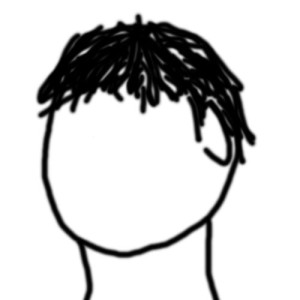It’s always interesting to learn about new software each term, especially as a Software Engineer and Computer Science Major. I have a fascination with software, especially open source, since a software’s creator is usually a person who is similar to me. I like to think about what the engineer was thinking when he or she added a certain feature, or organised an interface a certain way. Would I have found the same solutions to their engineering problems? How would I have gone about solving the puzzle that is creating new software? I am always happy when I am introduced to a novel piece of software in a course, because it allows me to think deeply about all these types of questions.
This B Term at WPI I have been introduced to a software that is alien from any other that I had used before. It is a tool that we are using in IMGD 300X, Inter-Media Electronic Arts. This software is called PureData. In PureData (or “pd”) you create applications by using visual “blocks” that you drag around the screen and connect with lines to create relations. These complex visual webs you build up to create programs that will generate different works of art.
In pd you can add almost any form of media (audio, picture, video) and use it in some way to form a creation. The first week of the course we used pd to create geometric shapes with the GEM library. In pd we used different types of blocks to create triangles, squares, and circles of all different colors. Pd allowed us to rotate and scale these shapes on screen to create interesting illusions.
Last week we were able to use pd to load-in our own images (and thus, animations) and track cursor movement and mouse clicks to create responses based on the user’s input. If you would like to checkout the result of one of these projects, checkout my blog post on my interactive animation, on go to my youtube channel here to see a working demo:
https://www.youtube.com/watch?v=0kfljIzhphs
There will be more to come in my subsequent posts on PureData, file I/O, and animations, but for now, so long!
Madalyn
